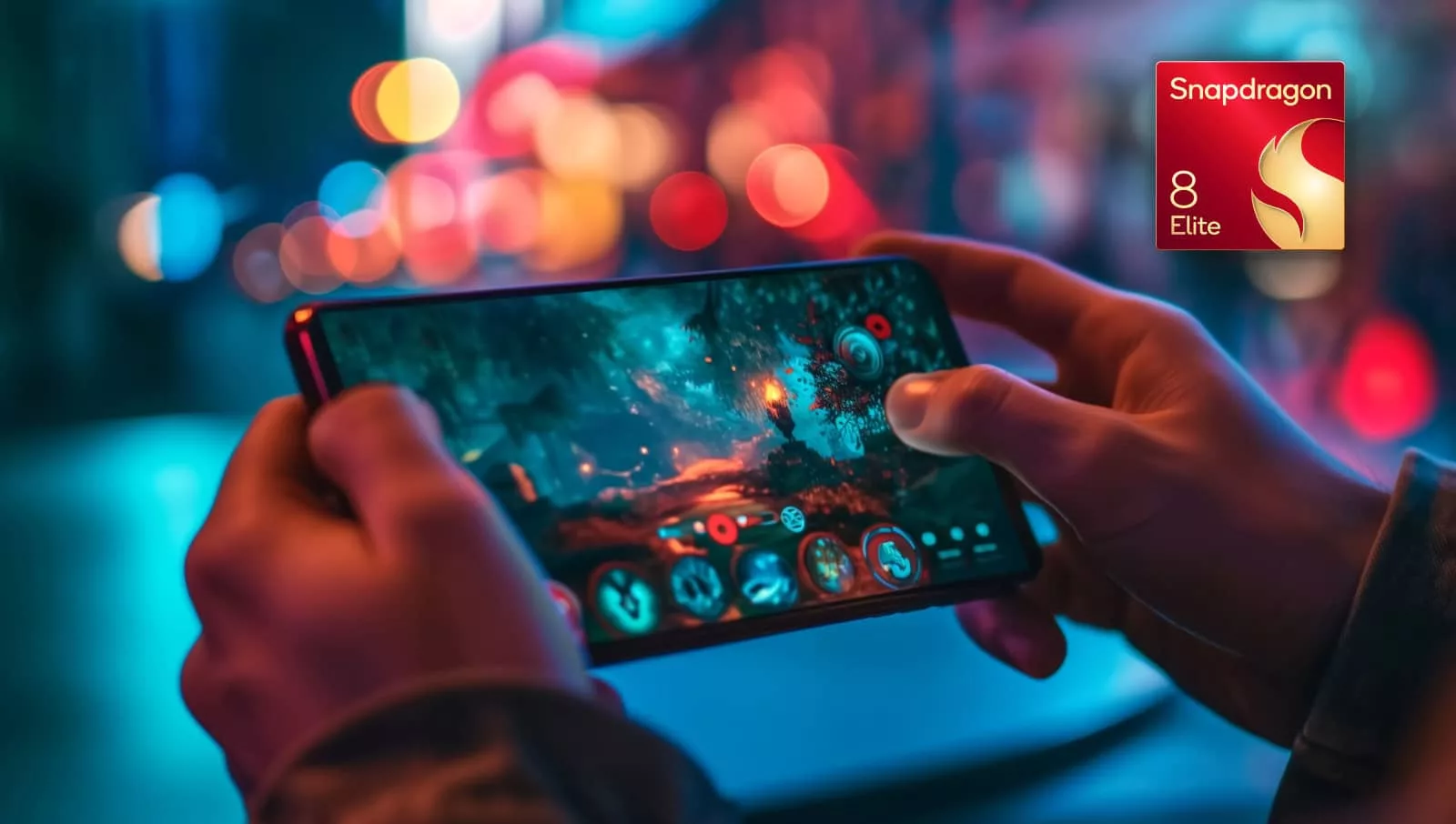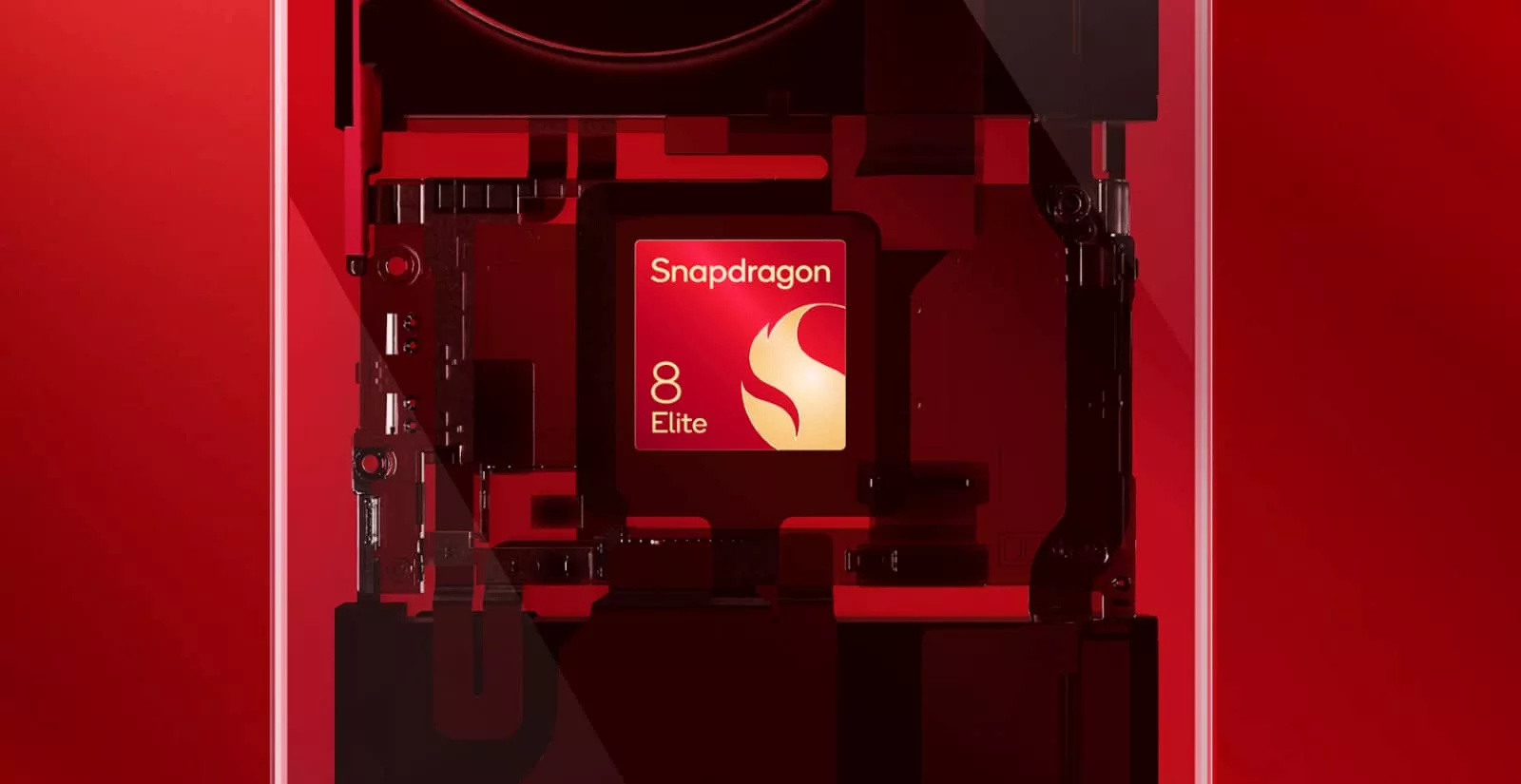Curious what 2025’s flagship phones will bring? We have an idea, thanks to a new chip on the way from Qualcomm.
There’s no such thing as a tech-focused crystal ball to give you a look at what the future of gadgetry looks like, but releases of the hardware inside certainly helps.
With the release of a new chip or standard, we get an idea of what companies could be offering in the immediate future, such as the heads up on what WiFi 7 looked like before it rolled out, or even Qi2’s MagSafe-like approach to wireless charging for Android and iPhone alike.
Qualcomm’s latest chip announcement is poised to offer something similar, at least in regards to what 2025’s high-priced flagship phones could look like, as the company talks up its next big deal chip.
This year we had the Snapdragon 8 Gen 3, found in several phones launched in Australia, including the Samsung S24 Ultra and Z Fold 6, as well as the Asus Zenfone 11 Ultra. Next year, we’ll move on to something more “Elite”.
Specifically, it’ll be called the Snapdragon 8 Elite, so we can move on from this iterative generation naming we’ve seen for a few years now, and it won’t just be a new name.
Officially, Qualcomm makes it as the fasted mobile processor in the world, boasting a maximum speed of 4.32GHz and connecting three components: a graphics chip, compute chip, and a neural processor, too.
The hardware will be optimised for power efficiency, bolstering battery life while also supporting more in the way of haptic feedback, which Qualcomm says could be used for people with limited vision (though we suspect entertainment purposes will be on the cards, as well).

Unsurprisingly, AI will play a part because 2024’s biggest trend will undoubtedly continue next year, though hopefully with more usefulness. In the 8 Elite, Qualcomm says the AI engine is faster, allowing for more accuracy in real-time language translation, image description from camera capture, and voice recognition, among other features.
One of those extra AI features will extend to photography, with an AI-powered system reportedly able to improve objects in a camera frame. That includes AI optimisation for skin and sky, object removal from videos, support to improve video capture, too. What’s more, it will reportedly include a system that will add cryptography to an image to prove it wasn’t made with AI.
There’s more going on in the chip, too, including faster games performance up to a 40 percent improvement, support for Unreal Engine 5.3 on the mobile for more film-like game details, and lag-free audio in games, too.

In the audio department, Qualcomm’s audio expertise will support spatial audio with head-tracking, a speaker amplifier, and a WiFi-audio feature that could see earbuds and headphones talk to WiFi to keep them connected.
There’s more here, including support for both sub-6 and mmWave 5G boasting download speeds of up to 10Gbps (network dependent, of course), WiFi 7, camera capture of up to 320 megapixels, Bluetooth 6 and its AirTag-like tech, and support for up to 24GB RAM, an amount we suspect will be reserved for gaming phones.
The good news is you might see some of these by the end of 2024, though the Snapdragon 8 Elite will most certainly be the chip of choice in next year’s phones, so look out.






